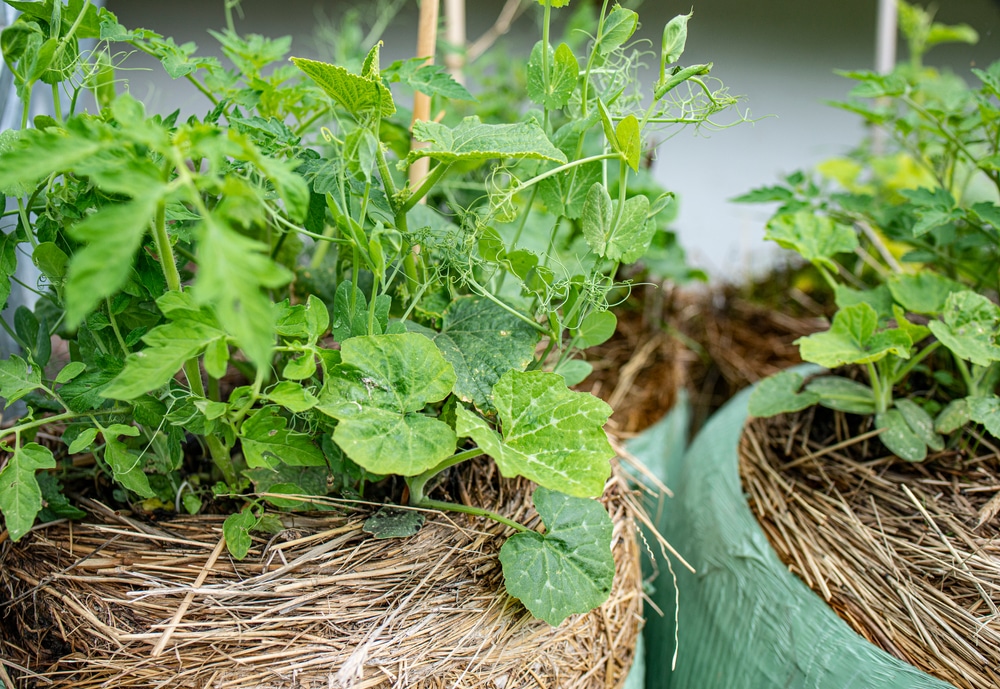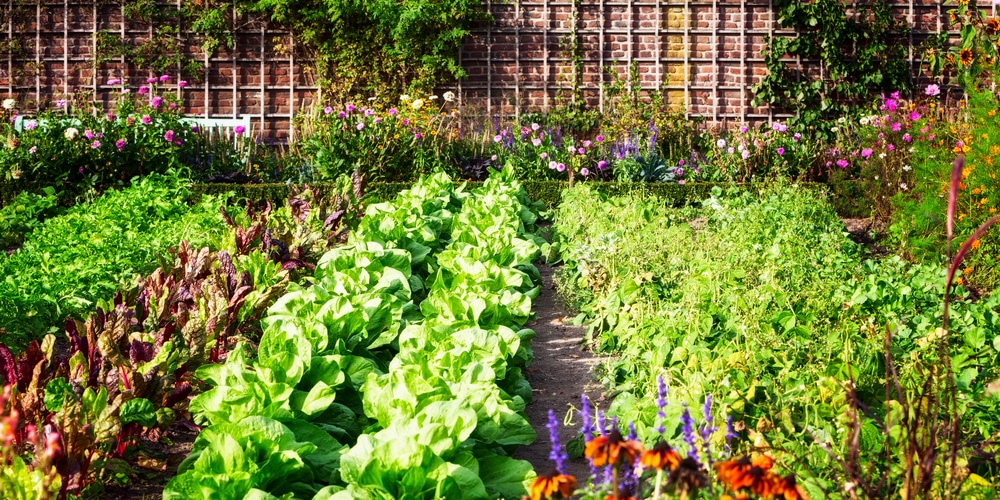Permaculture and horticulture are two concepts that are often used interchangeably. There are, in fact, some key differences between the two. While they may have some similarities, permaculture is generally considered to be a much more holistic approach to agriculture and sustainable living. In this article, we’ll compare permaculture vs horticulture and look at the differences and similarities. We’ll also discuss how they impact food growth and production.
What is permaculture?

Permaculture is a design approach to agriculture and land management developed in the 1970s in Australia by Bill Mollison and David Holmgren. It focuses on sustainable living, where all design elements work together to create a self-sustaining system, whether an agricultural farm or a backyard garden.
Permaculture takes a holistic approach to the design process and considers the many factors that impact the growth of plants and crops. These can include soil quality, climate conditions, water availability, and animal life.
Permaculture principles focus on working with nature rather than against it. This means that permaculture designs often involve things like planting crops in guilds, which use multiple species to support each other, creating an ecosystem that can thrive without too much human intervention.
There are also some specific design techniques used in permaculture, like looking at the sun’s path and placing trees that can provide shade on the western side to create a natural cooling effect.
What is horticulture?
Horticulture generally involves growing crops in a very specific way – often according to rigid guidelines set out by agricultural scientists or industry groups. It is focused on maximizing crop yields and often involves heavy use of chemical fertilizers and pesticides to prevent disease.
While there is undoubtedly a place for this type of intensive agricultural approach in modern society, with the need for large-scale farming to feed everyone on earth, there are also some drawbacks to this system.
For one thing, it can lead to the destruction of natural habitats and ecosystems and the overuse of artificial fertilizers and pesticides. It can also lead to a large amount of food waste, as crops are often destroyed if they don’t meet industry standards for size or appearance.
Permaculture vs horticulture: Similarities
Both approaches can be incredibly beneficial to the environment, as permaculture designs focus on reducing carbon emissions and conserving natural resources while keeping ecosystems healthy and thriving. Horticultural techniques, such as companion planting and crop rotation, can also help to reduce the need for pesticides and artificial fertilizers.
Permaculture vs horticulture: Differences
Permaculture takes a much more holistic approach to growing crops. In contrast, horticulture tends to focus on maximizing crop yields and using artificial means to control the growth of plants.
Permaculture designs can be adapted according to the natural conditions of a property, such as soil type, rainfall levels, temperature, and more, while horticulturalists often work with concrete guidelines set out by scientific research.
Conclusion
While permaculture and horticulture both focus on producing plants for use by humans, there are many key differences between the two approaches. Permaculture is a holistic approach to growing food, which involves creating self-sufficient systems that are adaptive to changes in the environment.
Horticulture, on the other hand, uses more specialized methods for maximizing crop yields and using artificial means to control growth. While there are certainly benefits to both of these approaches in modern agriculture, permaculture offers a much more sustainable long-term solution to feeding our growing population.
